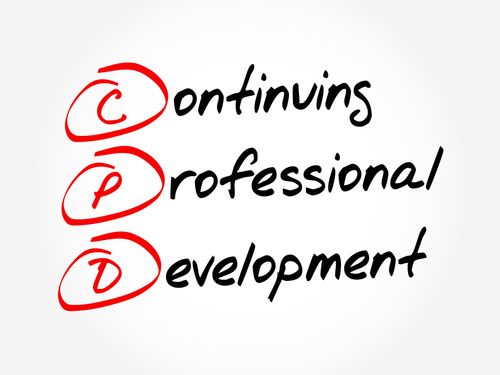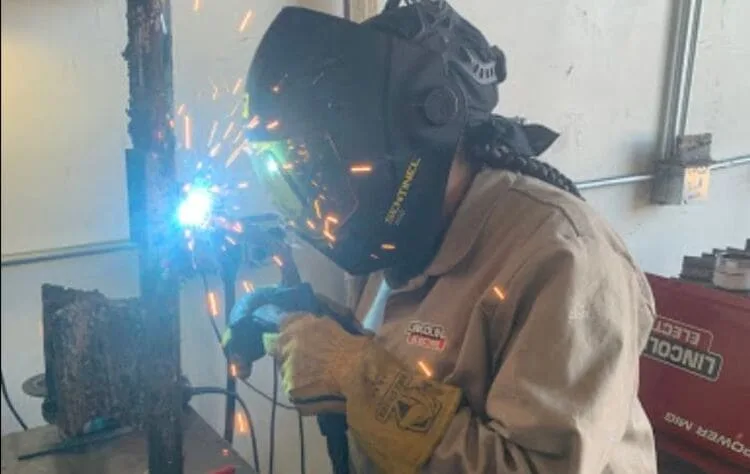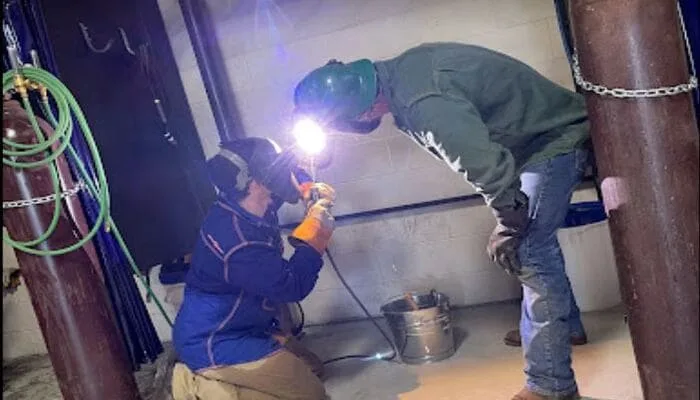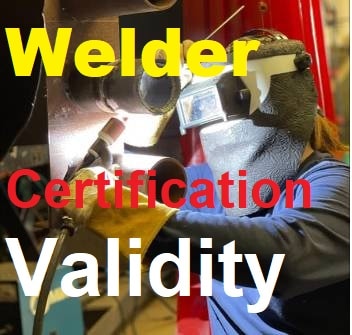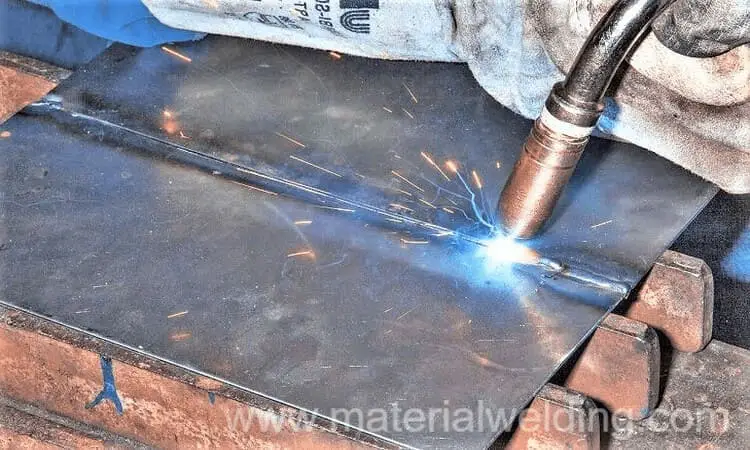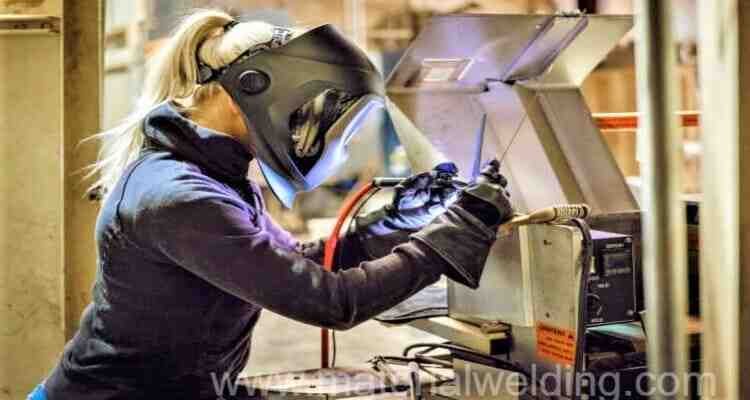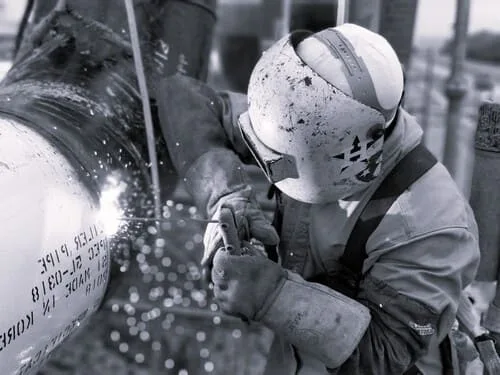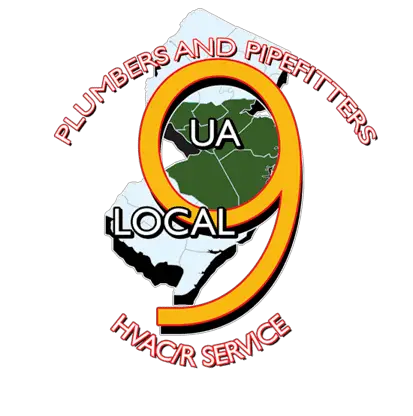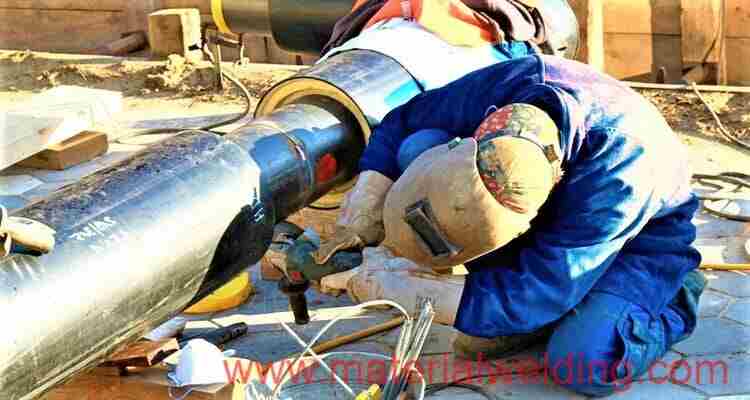Welding is a unique skill that requires practice and experience to master. While there is no perfect substitute for the real thing, there are a couple of activities that can help develop some of the essential skills needed for manual welding and wire feed welding.
In this article, we will explore the activities that come close to wire feed welding and provide a similar experience in terms of skill development. As we know, practicing welding without a welder can be difficult, but there are some things you can do to improve your skills. Here are a few suggestions:
- Use a welding simulator. There are several welding simulators available online that can help you practice welding techniques and improve your skills.
- Watch welding videos. There are many videos available on YouTube and other platforms that demonstrate various welding techniques. Watching these videos can help you learn about different welding techniques and improve your skills.
- Use a welding rod. If you have access to a welding rod, you can practice welding techniques by making small welds on scrap metal or other materials.
- Read welding books or articles. There are many books and articles available on welding that can help you learn about different welding techniques and improve your skills.
- Find a welding class. Many vocational schools and community colleges offer welding classes that can help you practice welding and improve your skills.
Also, you can try following additional options to teach you welding without a welder:
- Caulking: One activity that can help you develop wire feed welding skills is caulking. By using a powered caulking gun and applying cheap caulking to boards at various angles, you can gain a better understanding of how the wire plays out and how the weld puddle builds up. Experiment with different scenarios, such as boards at right angles, boards placed close together, vertical up and down positions, and running a bead on the board. This hands-on experience will give you a feel for consistency in bead size and finish appearance.
- Hot Melt Glue Gun: Another activity that can simulate wire feed welding is using a hot melt glue gun in a similar manner. If possible, opt for a powered device to replicate the experience more accurately. Apply the glue to boards at different angles and observe how the glue builds up and the consistency of the bead. This exercise will help you develop a sense of control and precision, similar to wire feed welding.
Limitations of these activities: While caulking and using a hot melt glue gun can be helpful in developing wire feed welding skills, it’s important to note that they have their limitations. These activities won’t prepare you for other welding methods such as tungsten arc welding, gas welding, or stick welding.
They won’t teach you the specific settings, equipment handling, heat management, or the correct sound to listen for during welding. Therefore, it’s crucial to understand that these activities are only a partial substitute for the real welding experience.
Remember, welding is a skill that requires practice and patience. It can take time to become proficient, but with practice and determination, you can improve your welding skills.
